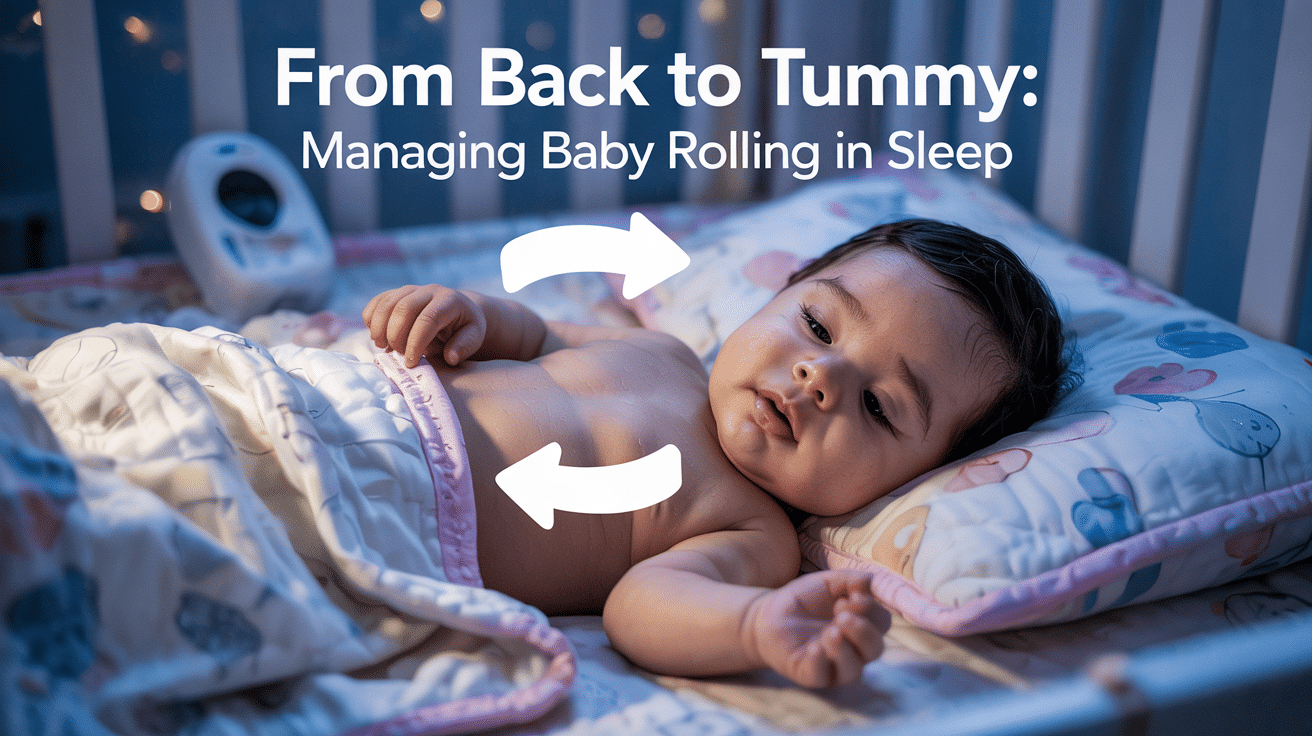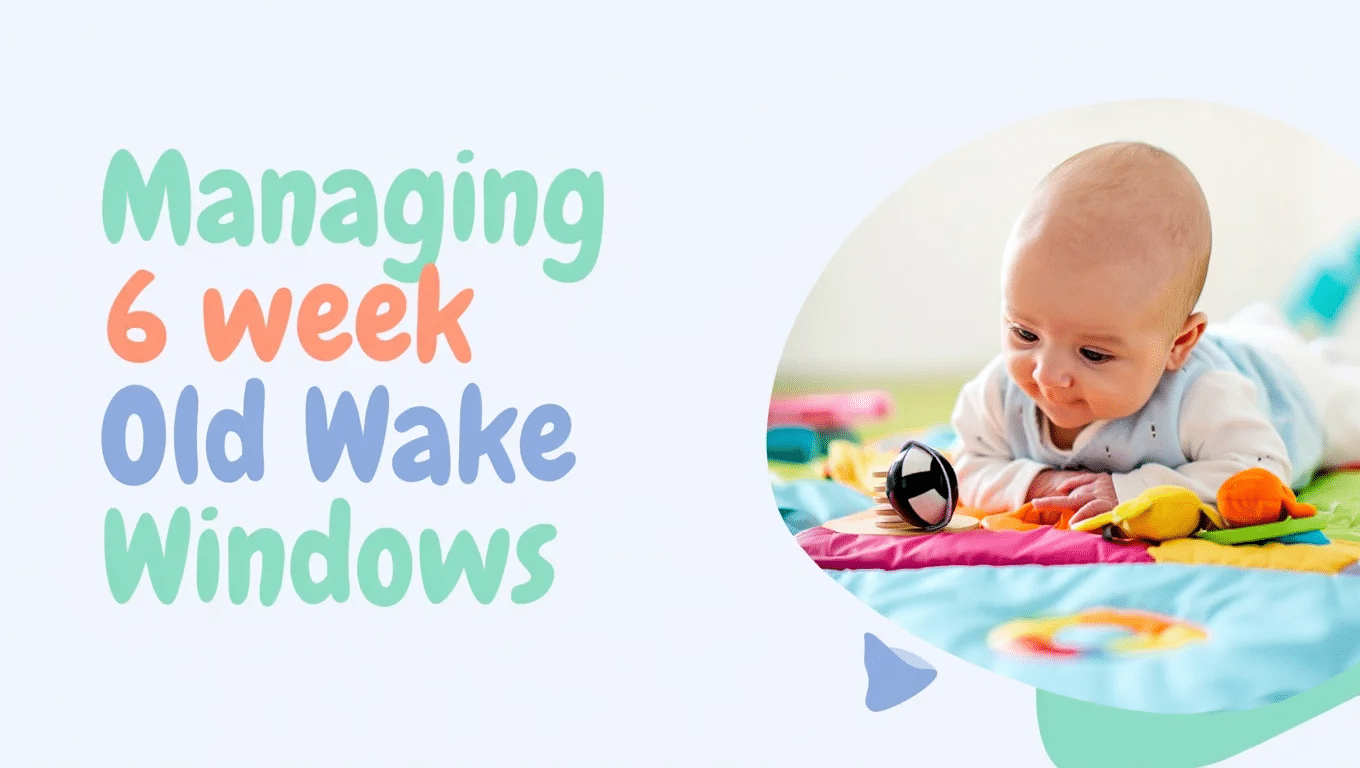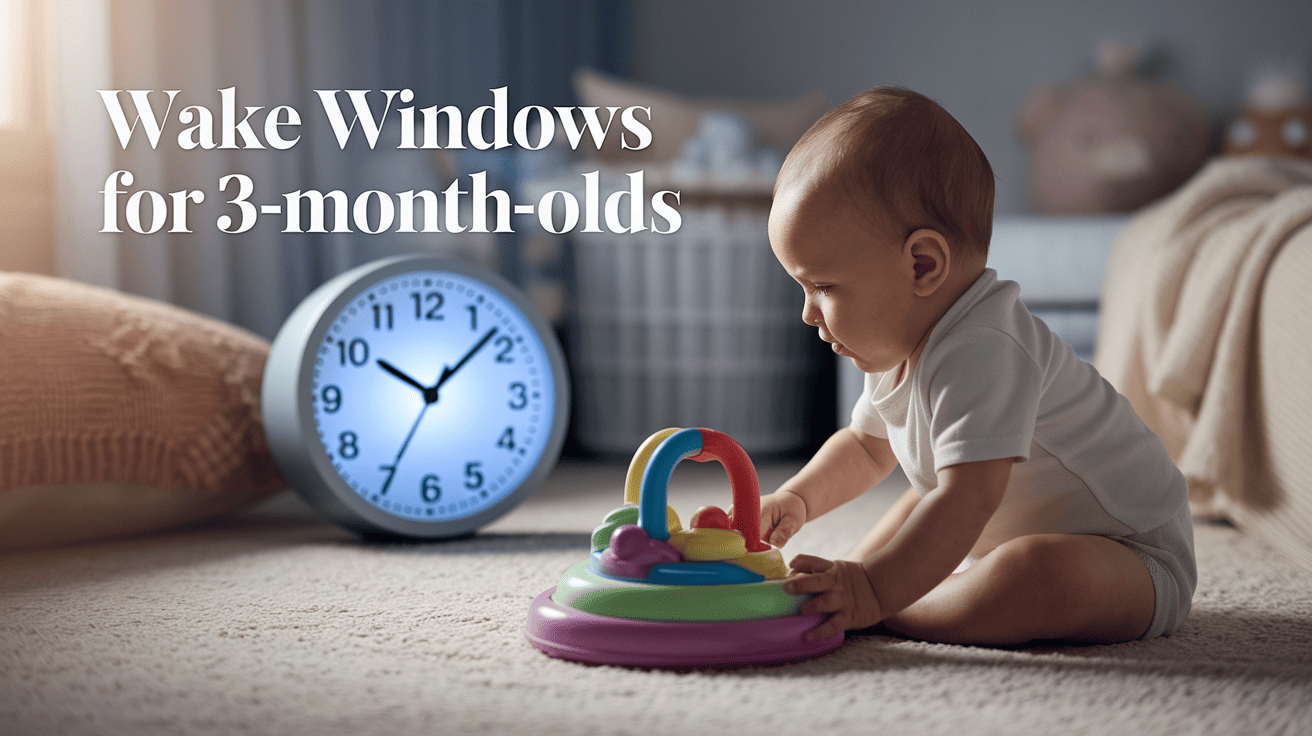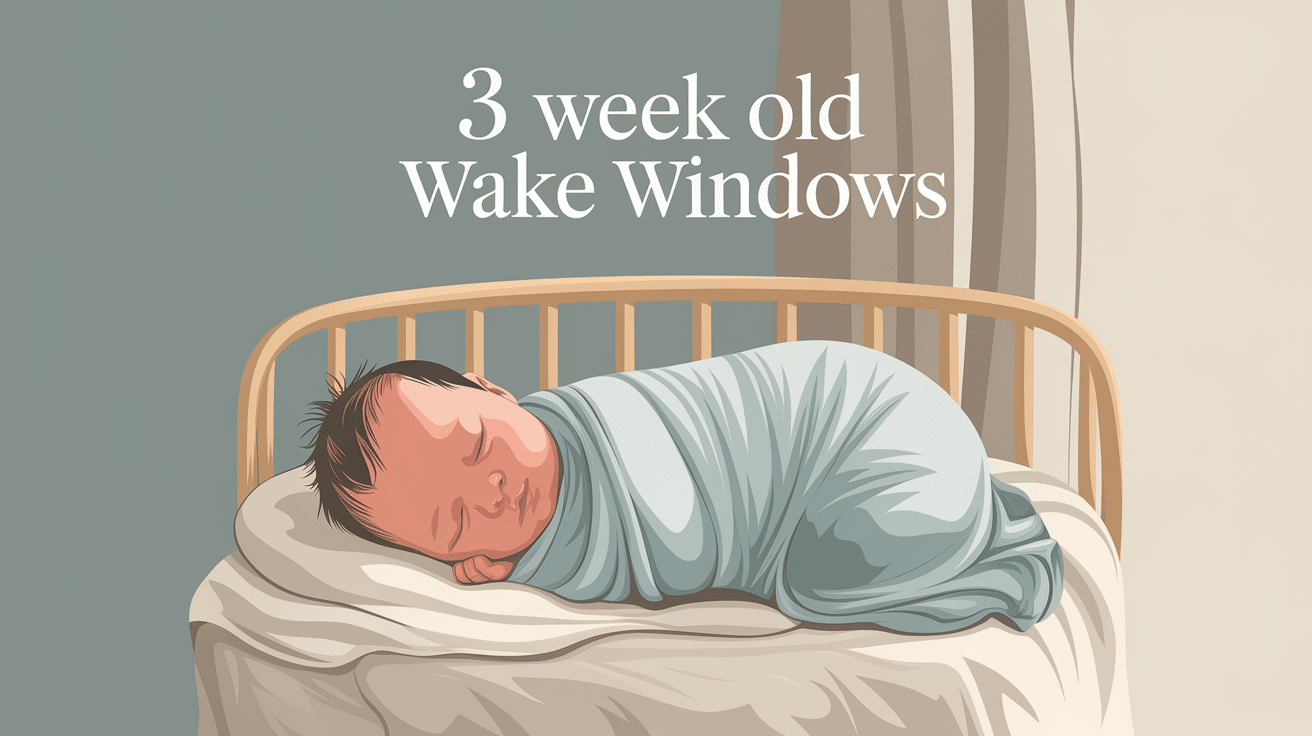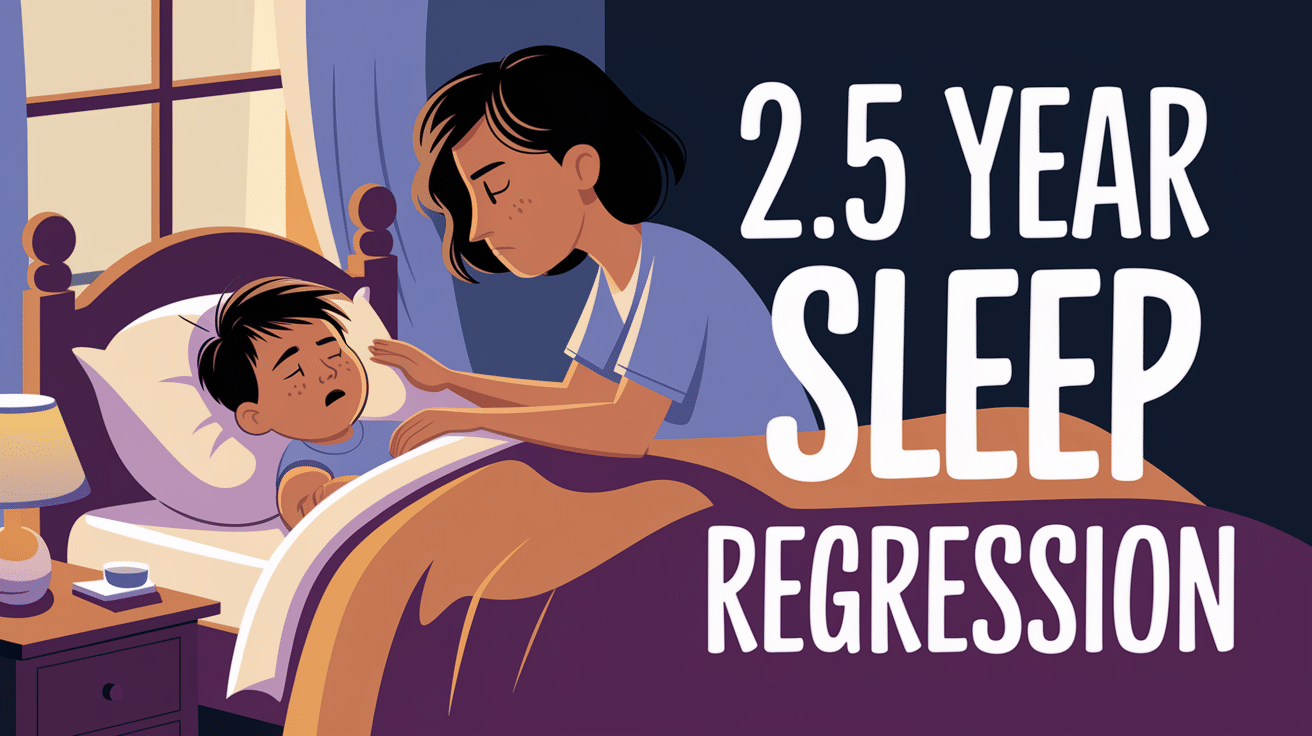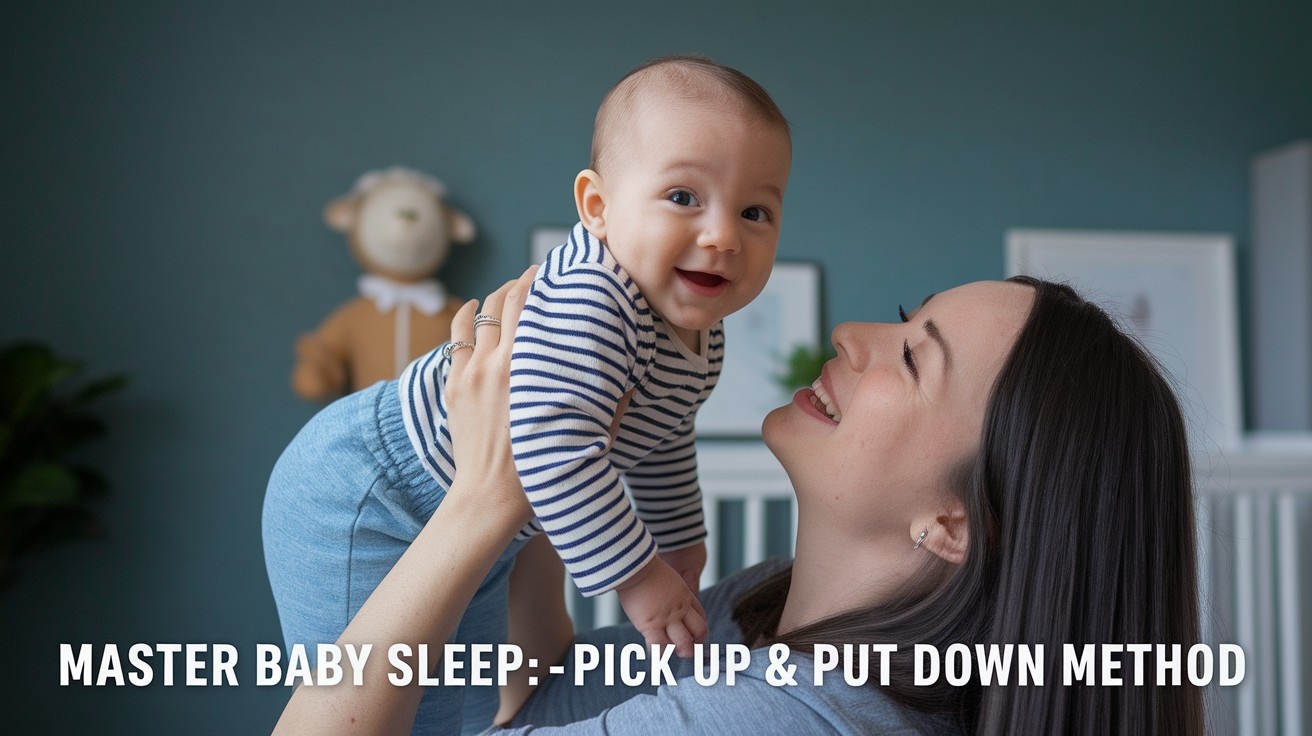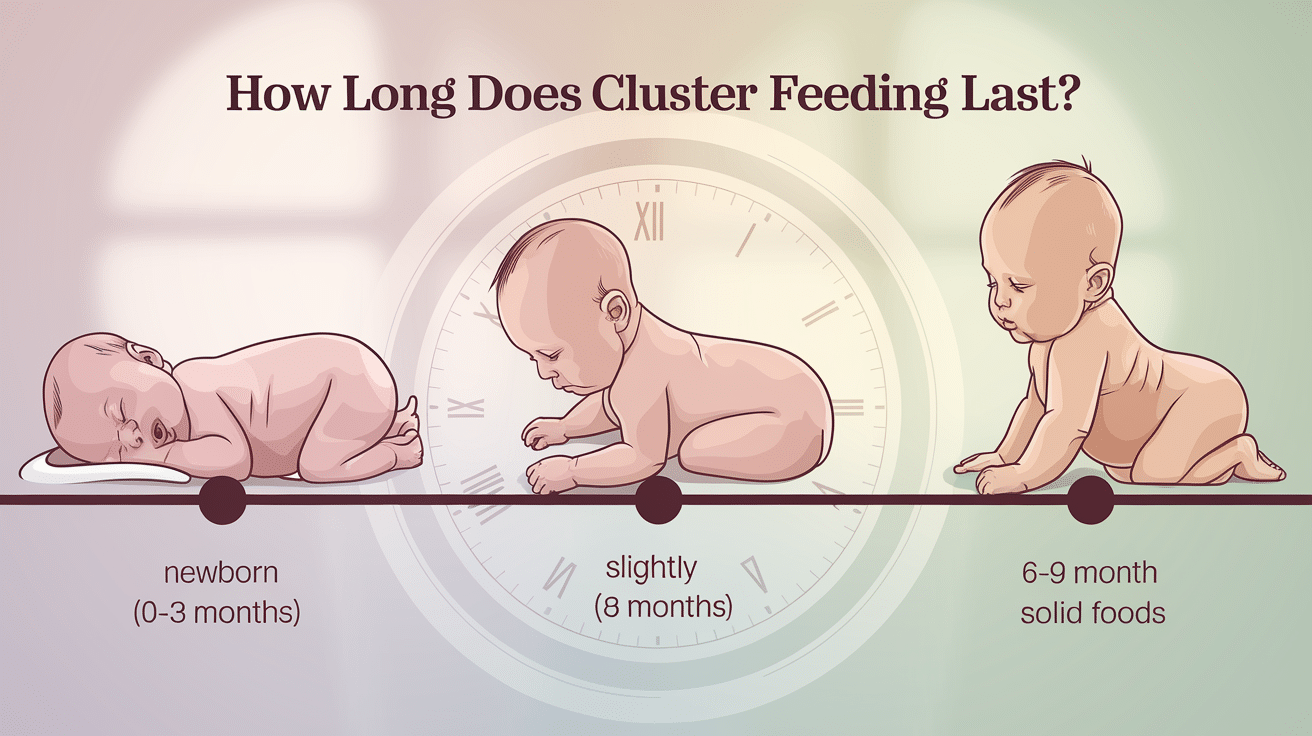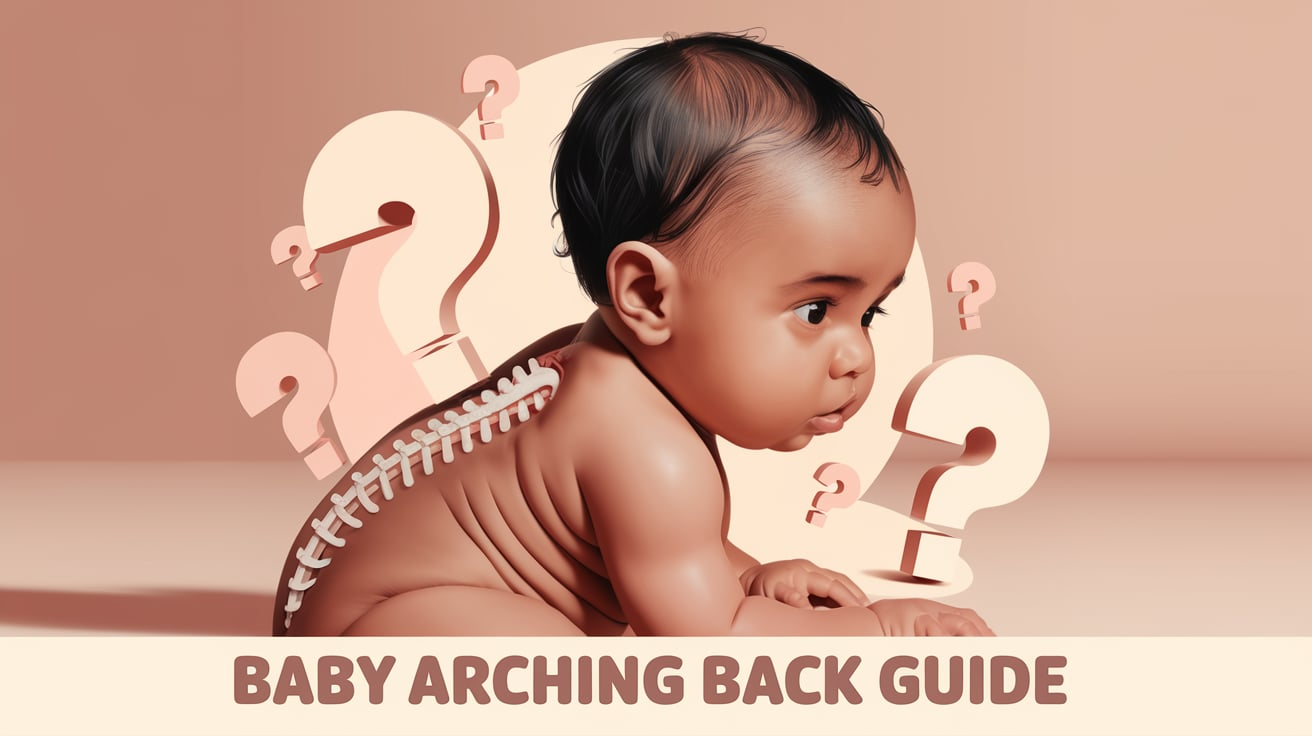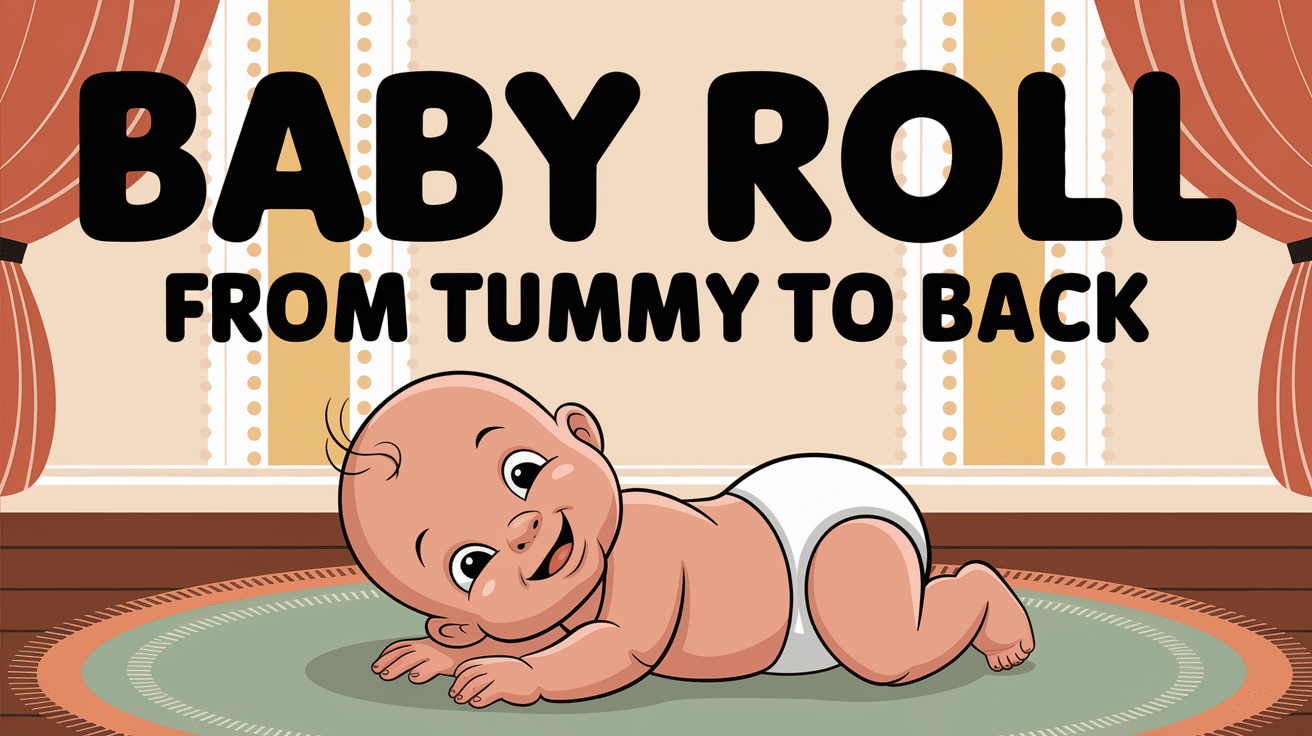
Watching your baby master new skills is one of the most exciting parts of parenthood! Learning how to teach your baby to roll from tummy to back opens a whole new world of movement for your child.
This important milestone marks your baby’s growing strength and their first taste of independence and mobility. Most babies naturally start rolling between 4 and 6 months, but gentle guidance from you can help them along the way.
The process involves creating safe spaces, recognizing readiness signs, and using playful techniques to encourage those first rolls.
With just a few minutes of practice during daily playtime, your baby will build the confidence and strength needed for this exciting new skill.
Soon enough, that magical moment will arrive when your baby completes their very first roll all by themselves!
Why Do Babies Roll Over?
Rolling over is a significant milestone in your baby’s development. When babies roll from tummy to back, they’re showing important progress in their motor skills and muscle strength.
This movement requires babies to coordinate their neck, core, arms, and legs together—a big achievement for babies!
Most babies master this skill between 4 to 6 months of age, often learning to roll from tummy to back before they can roll from back to tummy.
However, it’s completely normal for this timeline to vary. Some eager babies might start rolling as early as 3 months, while others may take until 7 months or later. Remember, every baby follows their unique developmental path.
Some might even skip rolling altogether and move straight to sitting or crawling! What matters most is that your baby continues to show progress in their overall development, not exactly when they hit each milestone.
Signs Your Baby is Ready to Roll

Watching for readiness signs helps you know when your baby might start rolling over soon. The most obvious sign is good head and neck control – your baby should be able to lift their head and chest during tummy time and look around with ease.
You’ll also notice stronger arms as they push up higher during tummy time, sometimes looking like mini push-ups! Their core muscles will be developing, too, which you might spot when they can hold their body more steady.
Behavior changes can also signal readiness. Your baby might rock from side to side during play, accidentally roll partway over, or show frustration as they try to reach toys just out of reach. They might also begin twisting their body, turning their hips, or kicking their legs with more purpose.
These movements show your baby is building the coordination and strength needed for rolling. When you see these signs, it’s the perfect time to encourage and support their rolling efforts.
Preparing a Safe Environment
Before you start, it is essential to create a safe space for your baby to practice rolling. Choose a soft, flat surface like a thick play mat, carpeted floor, or firm mattress on the floor.
These surfaces provide cushioning while still being firm enough for your baby to push against.
Always stay within arm’s reach during practice sessions. Once your baby learns to roll, it can do so unexpectedly and might roll off beds or changing tables.
Remove any nearby dangerous items, such as sharp furniture edges, small objects they could grab, or cords they might reach. At the same time, strategically place a few favorite toys or colorful items around your baby to motivate movement.
These visual signals encourage your baby to reach, twist, and eventually roll to check them out. A clean, clutter-free area that’s neither too stimulating nor too boring creates the ideal environment for your baby to develop this important skill safely.
A Step-By-Step Guide to Teaching Baby to Roll
Teaching your baby to roll over doesn’t have to be complicated. The process involves building strength, encouraging movement, and offering gentle assistance.
With regular practice, most babies pick up this skill naturally. Remember to keep sessions short and playful. Here’s a simple approach to help your baby master rolling from tummy to back.
Step 1: Start with Tummy Time

Tummy time is the foundation for rolling over. Place your baby on its tummy for short periods several times a day. Start with just a few minutes and gradually increase as your baby gets stronger. During this time, get down at eye level and talk or sing to keep your baby engaged.
Use colorful toys placed just in front to encourage them to lift their head and push up with their arms. This position helps strengthen all the muscles needed for rolling.
Step 2: Encourage Weight Shifting

Once your baby is comfortable with tummy time, help them learn to shift their weight from side to side.
Place a favorite toy just beyond their reach on either side to encourage turning. Gently support their hips and guide them to lean slightly to one side, then the other.
This rocking motion teaches them how to move their body in preparation for rolling. Make this fun by using your voice to show excitement when they shift their weight, even slightly.
Step 3: Lightly Assist with the Roll

When your baby shows signs of readiness, provide gentle assistance with the actual roll. Position them on their tummy, then carefully place one hand on their hip and the other on their opposite shoulder.
Slowly guide them into a rolling motion, letting them feel the movement. Keep your touch gentle and movements slow. Never force the roll – the goal is to show them how it feels to roll, not to do it for them.
Step 4: Celebrate and Repeat

Make a big deal out of every attempt! Clap, smile, and praise your baby even if they only partially roll. This positive feedback builds their confidence and desire to try again.
Keep practice sessions brief—about 5-10 minutes—and try again later when the baby is well-rested and happy.
Consistency is key, so practice daily. Soon, they’ll start initiating the movement themselves as they build muscle memory through repetition.
Tips for Successfully Teaching Baby to Roll
Helping your baby learn to roll takes both patience and persistence. The key is making the process enjoyable rather than frustrating for both of you.
Keep sessions short but consistent to build on progress. Remember that learning happens even when you don’t see immediate results.
- Always practice when your baby is well-rested and in a good mood.
- Use a special toy that only comes out during rolling practice time.
- Try different surfaces – some babies prefer firmer floors, while others like softer mats.
- Take breaks if your baby seems frustrated or tired.
- Demonstrate rolling yourself to show baby what it looks like.
- Try practicing at different times of day to find when your baby is most receptive.
- Limit distractions like TV or loud noises during practice sessions.
- Celebrate small progress like partial rolls or new movements.
What to Do if Baby Isn’t Rolling Yet?

If your baby hasn’t started rolling yet, try not to worry too much about it. Every baby develops at their own pace, and some may focus on other skills first.
Some babies might be working on sitting or language skills instead of rolling. Several factors can affect when a baby rolls over, including being born early, having different muscle tone, or not getting enough tummy time practice.
Babies who spend more time in baby equipment like swings or bouncers might also roll later since they have fewer chances to practice floor movements. Continue offering regular tummy time and encouraging movement without pressure.
However, it’s wise to talk with your pediatrician if your baby strongly dislikes being on its tummy, seems very stiff or floppy, or doesn’t make progress with head control by 4 months.
Most delays are temporary, but early support can make a big difference if your baby needs a little extra help.
Wrapping It Up
Teaching your baby to roll from tummy to back is an exciting part of their early development. The simple steps and tips make the process enjoyable for both you and your baby.
Remember that patience, consistency, and creating a safe space are key elements when helping your baby learn this new skill. Celebrate every small success along the way, from the first weight shift to that complete roll.
While every baby develops at their own pace, these techniques for how to teach a baby to roll from tummy to back provide gentle guidance that supports natural development.
Before you know it, rolling will lead to sitting, crawling, and eventually walking. Enjoy these precious moments of growth—they happen only once and create memories that last a lifetime!
If you’re interested in more informational content on mothers and babies, feel free to click here and explore other blogs that you might enjoy.




